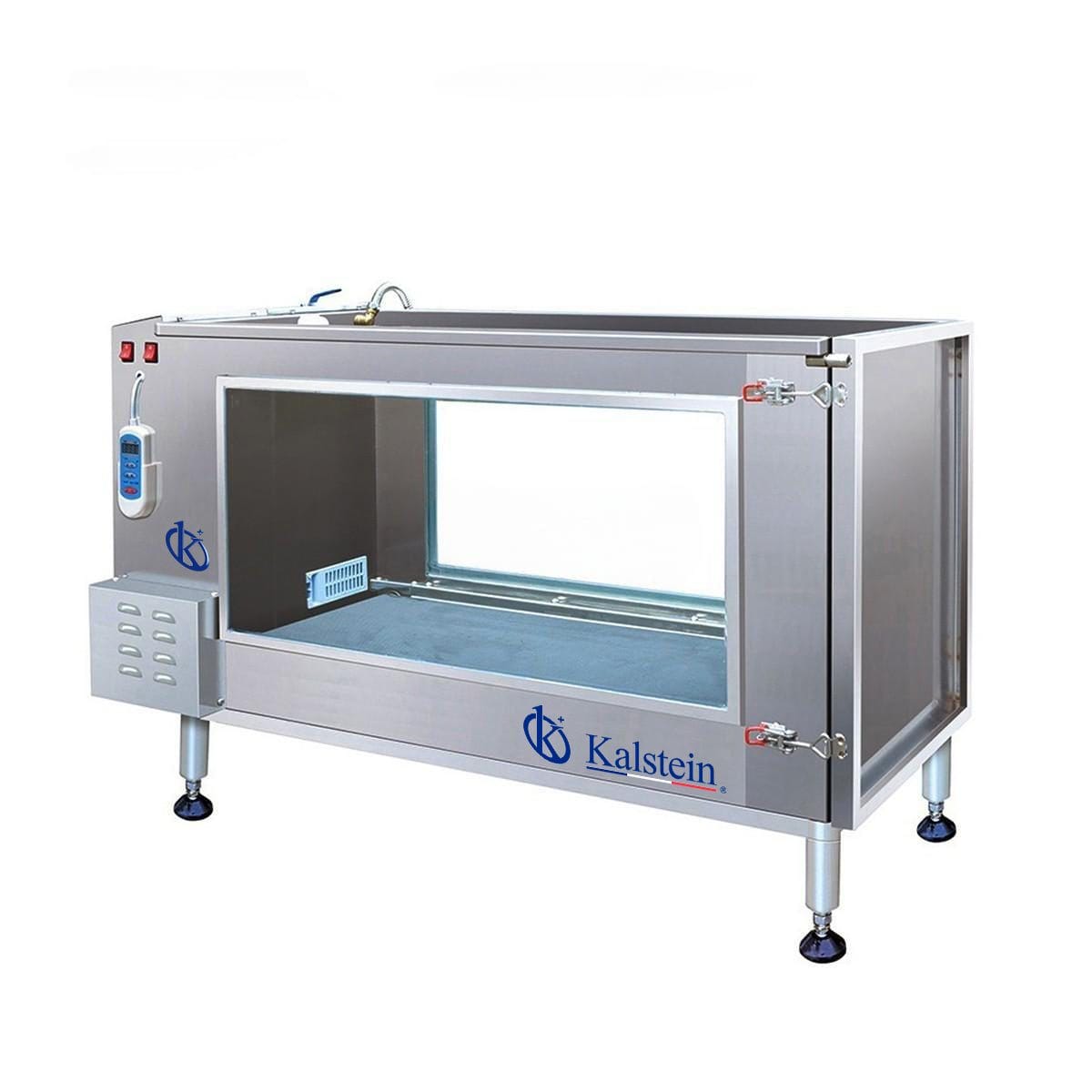Electrophoresis in agarose or polyacrylamide gels is one of the methodologies most used in the laboratory in everything related to working with nucleic acids. The principle of electrophoresis consists in the migration of the molecules through a gel or another type of matrix of porous nature, in which, by the action of an electric field, they will be separated according to their size or molecular weight, this is achieved thanks to the action of a power source for electrophoresis, key equipment for the proper execution of this technique.
What is electrophoresis?
Through electrophoresis we can separate DNA and RNA fragments according to their size, visualize them by means of a simple staining, and in this way determine the nucleic acid content of a sample, having an estimate of their concentration and degree of integrity. We can also extract the DNA fragments that are of interest from the gel, to later use them in different applications.
DNA electrophoresis was, and continues to be, a tool of primary importance in the development of recombinant DNA techniques or genetic engineering. The idea of using the electrophoresis technique through a matrix to analyze DNA samples belongs to Vin Thorne, a biochemist at the Institute of Virology in Glasgow, who in the mid-1960s was interested in characterizing the different forms of DNA obtained from purified polyomavirus particles.
His reasoning was that a combination of electrical and frictional forces would allow displacement and separation based on the size or topology of different DNA molecules. This is exactly the principle behind nucleic acid electrophoresis. Under an electric field, the negative net charge of DNA and RNA will cause them to move in the direction of the anode.
Importance of the power source in electrophoresis
The power source, also known as a power source, is responsible for supplying electricity to the electrophoresis system that we are using, that is, giving it the necessary energy for it to work. It is therefore a vital component for electrophoresis, since without it it would not work. A failure in the power supply can cause failures in the execution of this technique, so we must ensure that it works correctly. In addition, it is very important that its capacity (generally measured in Watts) is sufficient to cover the power needs of all the internal components of the system.
It is therefore recommended that the power of the source is such that it allows it to work comfortably. The power source is actually a very simple device. On the one hand, it converts the alternating current that comes from the electrical supply into direct current, and distributes it among the devices that request it. It therefore acts as a transformer, rectifier and as a regulator at its output, to avoid voltage peaks that damage your equipment.
At Kalstein we are MANUFACTURERS of excellent laboratory equipment and we offer you an innovative electrophoresis system, with features that provide you with a high level of safety and efficiency, at the best PRICES on the market. So we invite you to take a look HERE




